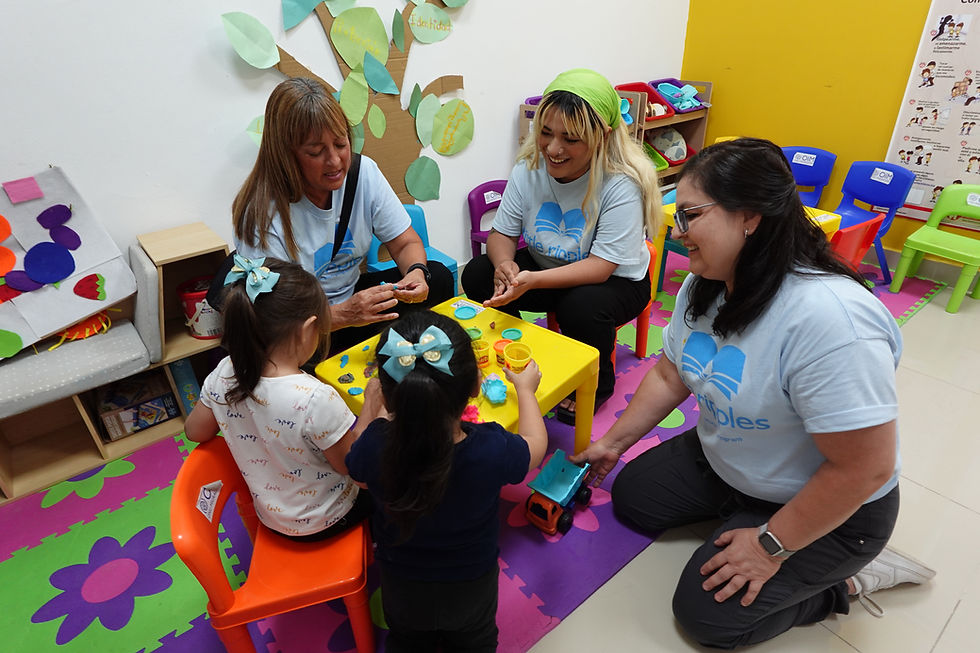Problem : Solution :: Mile : _____ [?]
- Jessica Birzin
- Mar 5, 2016
- 1 min read
Camp Mile (“mee-leh”) is a lot different from Camps Goz Amer and Djabal (the only other two refugee camps I’ve been to so far), at least when it comes to landscape. The latter are filled with homes constructed out of grasses and branches, while Mile is a camp built out of mud. It’s much drier here (something I can feel when I wake up parched in the middle of the night), and instead of trees, rocks are what “grow” out of the desert sand.
The lack of plant life means there’s very little shade to be had, so there are much fewer people out and about than one usually sees in Goz Amer and Djabal. If not in school or manning a market stall, most Mile residents spend the daytime inside their homes. At this time of year (at least this year), there are also many people still at far-away fields, attempting to coax the land to yield at least one more batch of crops for food.
Mile is also quite a distance from any local villages. Being as isolated as it is, I would imagine that trading, bartering, and selling handmade goods and hand-grown foods to non-refugees is extremely difficult.
So how can Mile refugees become self-sustaining? With the ever-increasing aid cuts due to lack of funding and to desire to move refugees toward “self-reliance,” there must be innovative solutions for creating long-term livelihood, in this unforgiving desert environment and in a poverty-stricken host country that has myriad problems of its own.


